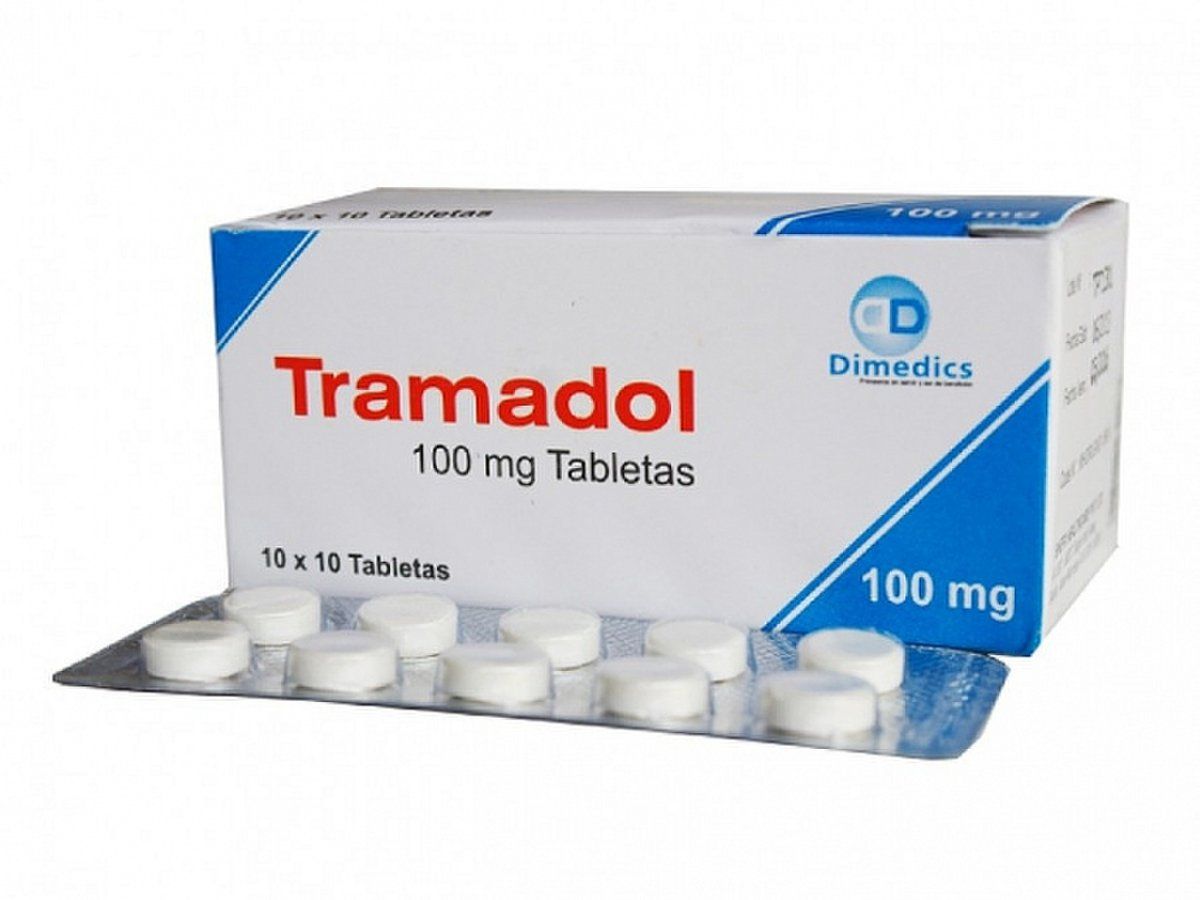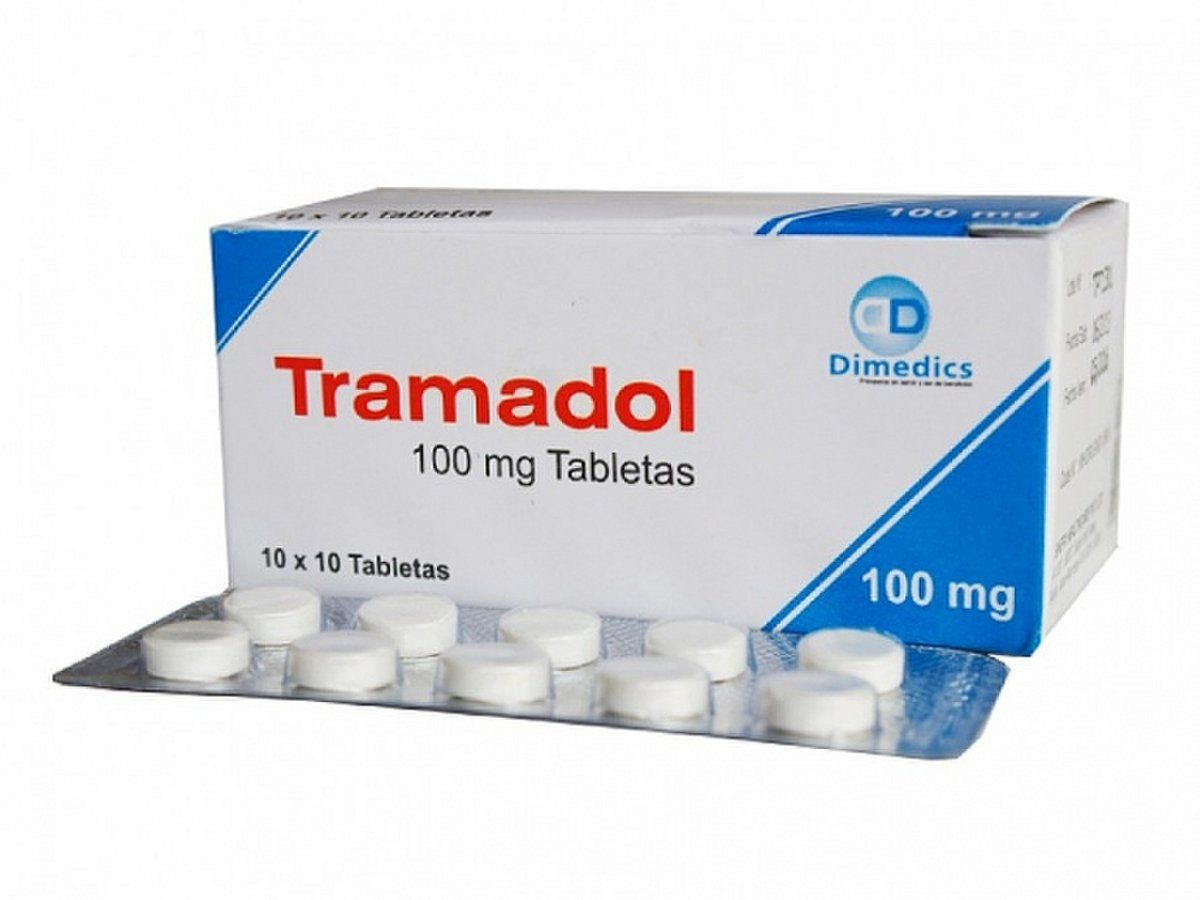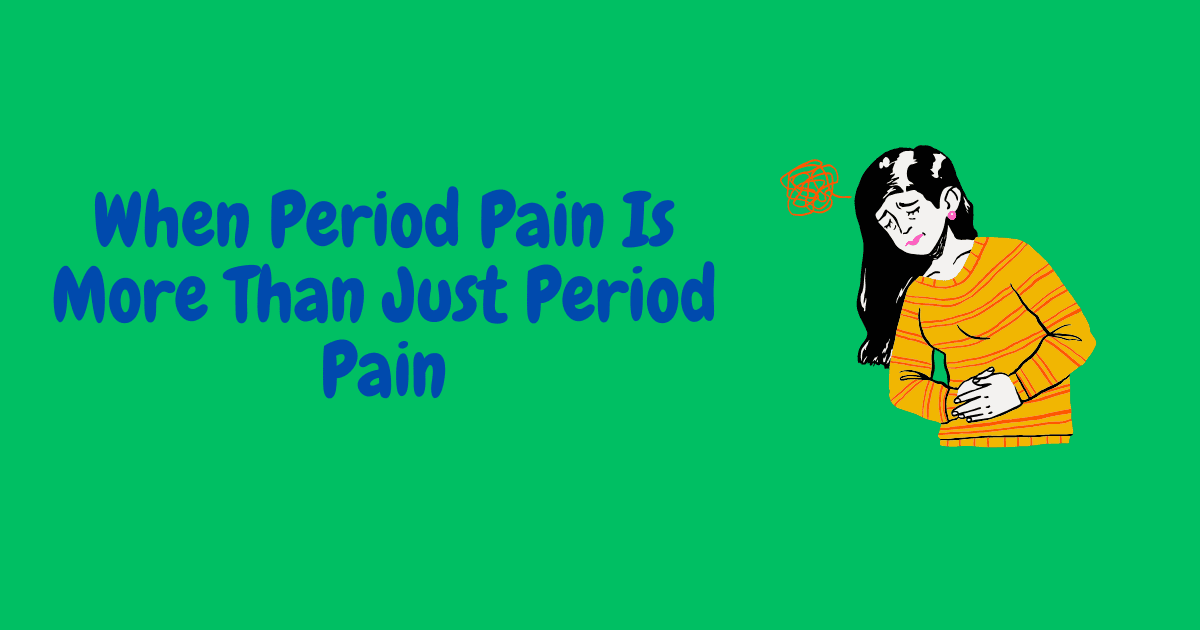If you’ve ever dealt with persistent pain, chances are you’ve heard of tramadol. It’s become one of the most commonly prescribed pain medications worldwide, often positioned as a safer alternative to stronger opioids. But what exactly is tramadol, and is it really as safe as many people believe?
What Is Tramadol?
Tramadol is a synthetic opioid pain reliever that’s been around since the 1970s. Think of it as sitting somewhere in the middle of the pain medication spectrum. It’s stronger than over-the-counter options like ibuprofen or paracetamol, but supposedly milder than heavy-duty opioids like morphine or oxycodone.
The medication works in two ways. First, it binds to opioid receptors in your brain, similar to how other opioids function. Second, it affects two brain chemicals called serotonin and norepinephrine, which are involved in how your body processes pain signals. This dual action is what initially made researchers hopeful that tramadol could provide effective pain relief with fewer risks.
Why Did Tramadol Become So Popular?
In many countries, tramadol became a go-to prescription for chronic pain because doctors saw it as a middle ground. Patients who weren’t getting enough relief from regular painkillers but didn’t need something as strong as morphine seemed like perfect candidates for tramadol.
The medication gained traction, particularly because it was less regulated than other opioids in many places. This made it easier to prescribe and access. A recent global survey revealed something surprising: nearly one in five adults has used tramadol at least once. That’s a massive number when you think about it.
But here’s something concerning that same survey uncovered. More than 80% of tramadol users combined it with other substances, which can significantly increase health risks. This widespread use, often without proper supervision, has raised important questions about whether we’ve been too casual with this medication.
How Is Tramadol Typically Used?
Doctors prescribe tramadol for various types of pain, particularly chronic conditions like:
- Osteoarthritis and joint pain
- Back pain that persists over time
- Fibromyalgia
- Nerve pain (neuropathy)
- Post-surgical pain that lingers
The medication comes in different forms. There are immediate-release tablets that work quickly for acute pain and extended-release versions designed to provide steady relief throughout the day for chronic conditions.
Most prescriptions start with a low dose that’s gradually increased. This approach helps minimise side effects and allows doctors to find the lowest effective dose for each patient. The typical starting dose might be 50mg, taken every 4 to 6 hours as needed, with a maximum daily limit to prevent complications.
Common Side Effects
Like any medication, tramadol comes with its share of side effects. The most common ones that patients report include:
Digestive issues are at the top of the list. Nausea affects many people when they first start taking tramadol, though it often improves over time. Constipation is another frequent complaint, and unlike nausea, it tends to stick around for as long as you’re taking the medication.
Drowsiness and dizziness are also very common. Many people feel lightheaded or sleepy, especially in the beginning. This is why doctors always warn against driving or operating machinery until you know how tramadol affects you personally.
Headaches bother some users, along with a general feeling of fatigue or weakness. Some people describe feeling “fuzzy” or not quite themselves mentally.
Dry mouth is an annoying but manageable side effect that many tramadol users experience.
The Serious Risks You Should Know About
While the common side effects are manageable for most people, tramadol carries some serious risks that deserve attention.
Cardiac complications are increasingly recognised as a concern. Recent research has found higher rates of chest pain, coronary artery disease, and even heart failure among tramadol users compared to those taking a placebo. These aren’t just theoretical risks; they’re showing up in real patients.
Seizures are a rare but serious risk, particularly at higher doses or when tramadol is combined with certain other medications. The risk increases if you have a history of epilepsy or are taking antidepressants.
Serotonin syndrome can occur, especially when tramadol is taken alongside other medications that affect serotonin levels. This potentially life-threatening condition causes symptoms like confusion, rapid heart rate, high blood pressure, fever, and muscle rigidity.
Respiratory depression, while less common than with stronger opioids, can still occur. This means your breathing can slow to dangerous levels, particularly if you take too much or combine tramadol with alcohol or sedatives.
The Addiction Question
Here’s where things get complicated. Tramadol was initially thought to have lower addiction potential compared to traditional opioids. That belief drove much of its popularity. However, we now know that tramadol can definitely be habit-forming.
Physical dependence can develop relatively quickly. Your body gets used to having the medication, and stopping suddenly can trigger withdrawal symptoms like anxiety, sweating, insomnia, tremors, and flu-like feelings.
Psychological dependence is also a real concern. Some people find themselves craving the medication beyond just pain relief, using it for the mental effects or out of fear of pain returning.
The dual mechanism of tramadol, affecting both opioid receptors and brain chemicals, may actually make it trickier to stop than some other pain medications. The withdrawal experience can feel different because you’re dealing with both opioid-type and antidepressant-type withdrawal symptoms simultaneously.
Who Shouldn’t Take Tramadol?
Tramadol isn’t safe for everyone. Your doctor will likely avoid prescribing it if you:
- Have a history of substance abuse or addiction
- Take certain antidepressants (MAO inhibitors or some SSRIs)
- Have severe breathing problems or asthma
- Have had seizures or epilepsy
- Have severe liver or kidney problems
- Are pregnant or breastfeeding
- Have a history of suicidal thoughts
Age matters too. Tramadol is generally avoided in children under 12 and in teenagers recovering from certain surgeries, as it can cause serious breathing problems in young people.
The Bottom Line on Tramadol
Tramadol occupies an interesting and somewhat controversial space in pain management. It was designed to be a safer middle option, but emerging evidence suggests we may have been overly optimistic about its benefits and too casual about its risks.
For some patients, particularly those who can’t tolerate other pain medications, tramadol can still be helpful when used carefully and under close medical supervision. But it’s definitely not the risk-free solution it was once thought to be.
If you’re currently taking tramadol, don’t stop suddenly without talking to your doctor. Abrupt discontinuation can cause uncomfortable withdrawal symptoms. Instead, have an honest conversation with your healthcare provider about whether it’s still the best option for your situation.
The key takeaway? Tramadol is a legitimate pain medication with real uses, but it deserves respect and caution. It’s not a harmless pill, and it shouldn’t be anyone’s first choice without considering safer alternatives first.











Leave a Reply